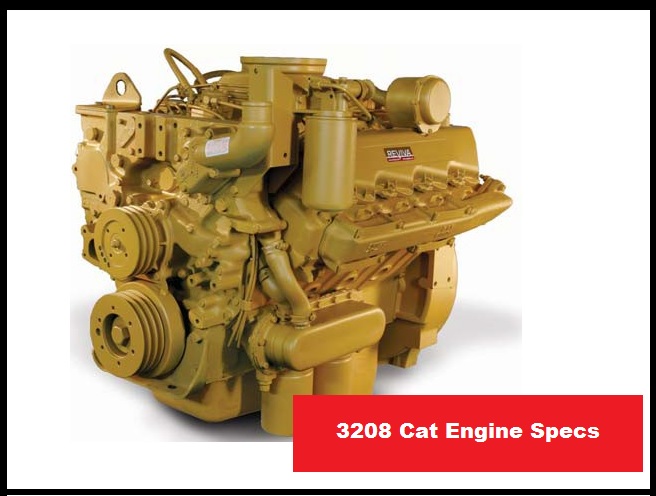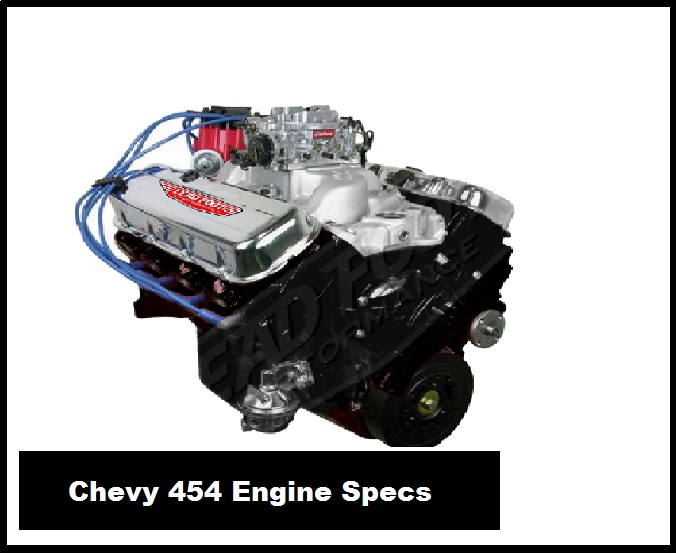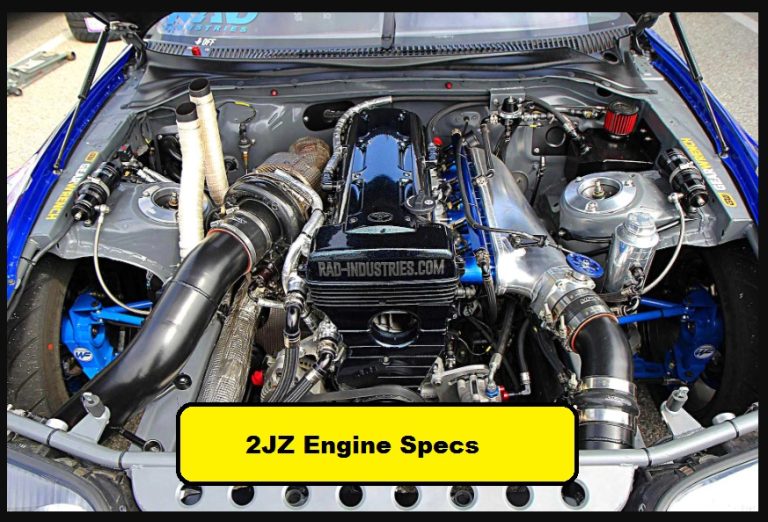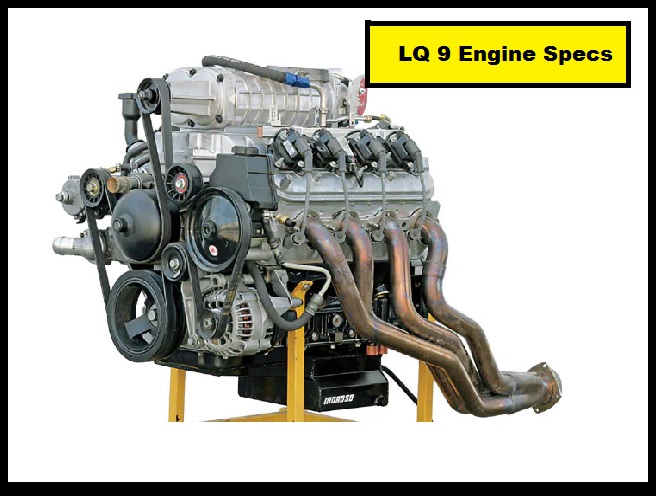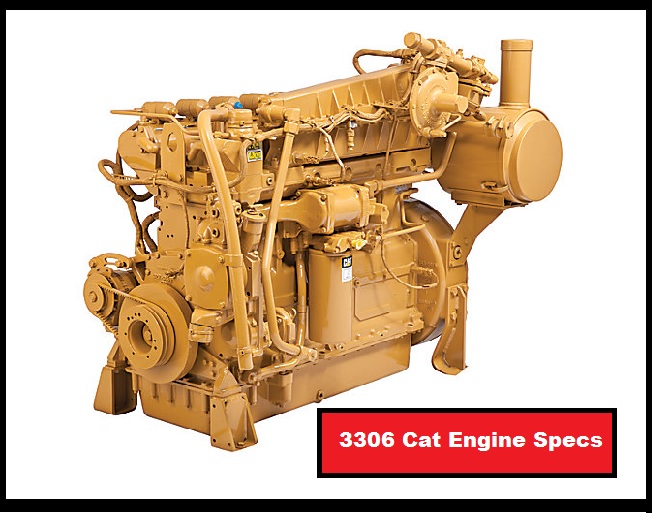Chevy 305 Engine Specs
Here in this article you will learn about the Chevy 305 Engine Specs , Performance, Cylinder Heads, Cam Specs & More, Let’s discuss the Chevy 305 Engine Specs , Valvetrain+, performance, and Reviews.
The 305 is a small-bore long-stroke engine that General Motors officials created to replace the V8 with the V6.
The plan was to make the 305 the largest V8 you could buy.
The problem was the turbocharged Buick V6 was the only V6 that made decent power. When it came to power, the other engines were disappointing and needed to be more significant.
The 305 was not much better. The 350 c.i.d. was the winner. The 350 c.i.d. V8 was saved, and we now have more than 700 horsepower in our production engines.
The Chevy 283 V8 was Chevy’s most potent engine, powering millions of vehicles and trucks from 1956 to 1966. It was a 3.875-inch bore version of the 265;
it was the most powerful V8 until the arrival of the 4.00-inch bore 327 in 1962.
The 307 replaced the 283 in the base V8 by the 1970s. However, it failed to do well due to its large bore and long stroke of 283 inches.
Chevy should have learned from the engine, but they chose to take a less expensive route and eventually go to the 305.
The 305 has the same stroke crank as the 350, but the cranks cannot be interchangeable due to heavier counterweights on 350 crankshafts.
This is because 350 pistons are larger and more serious.
Although the long stroke allowed this small-displacement engine to produce torque at low speeds with its torque, it was limited by its small bore of 3.736 inches.
In the mid-1980s, the L69 carbureted L69 engine was used in the hot-dog305 engine.
Although it was considered a more powerful engine than the LG4, it was still rated at 191 horsepower. This compares to the 190 horsepower of a 2-bbl 283 in 1966.
Although the rating system changed to net power, the 4 bbl would be put on a 283 with matching compression of 9.5:1, and the 283 would win every power contest.
The 283 has a slightly bigger bore but a shorter stroke. This combination is much more efficient for overall power.
A larger bore allows for better breathing, while a shorter stroke decreases friction.
The 283 small blocks are decreasing rapidly, unfortunately. The 327 was more extensive and desirable than the 283, so nobody wanted it.

| C.I.D. | Bore | Stroke |
|---|---|---|
| 262 | 3.671 | 3.10 |
| 265 | 3.74 | 3.00 |
| 267 | 3.50 | 3.48 |
| 283 | 3.875 | 3.00 |
| 302 | 4.00 | 3.00 |
| 305 | 3.736 | 3.48 |
| 307 | 3.875 | 3.25 |
| 327 | 4.00 | 3.25 |
| 350 | 4.00 | 3.48 |
| 400 | 4.125 | 3.75 |
Chevy 305 Engine Specs Review
Chevy 305 Engine Specs FAQ
How much HP does a 305 engine have?
How many HP does a 305 Chevy engine have? When it was made, the Chevrolet 305 did not have a very powerful engine.
Depending on the car it was in, it only made about 220 to 230 horsepower. This was fine for many of the lighter cars Chevrolet made in the late 1970s, 1980s, and early 1990s, though.
Can a 305 make power?
You can make 450 hp, but to make torque at higher engine speeds—around 6,500 rpm—you’ll need a camshaft with a much longer stroke.
Is the 305 a good motor?
Is it a good idea to use the 305 Chevy engine? There is a lot of potential for the 305 Chevy engine to be a good engine, and it has a lot of options and customizations that can help to make it more powerful.
Even though it has a smaller bore size than engines with a larger displacement, it can still put out a lot of power.
How fast does a 305 sprint car go?
Sprint cars can reach nearly 160 miles per hour—pretty fast for their size!.
What engine do 305 sprint cars use?
All engines must be 305ci V8s made by GM. RaceSaver engines are also legal.
The block must be a standard production model with a maximum bore of 3.805 inches (316 cid maximum). The same maximum bore size of 3.805 inches will be allowed for both Dart and Bowtie Blocks.


